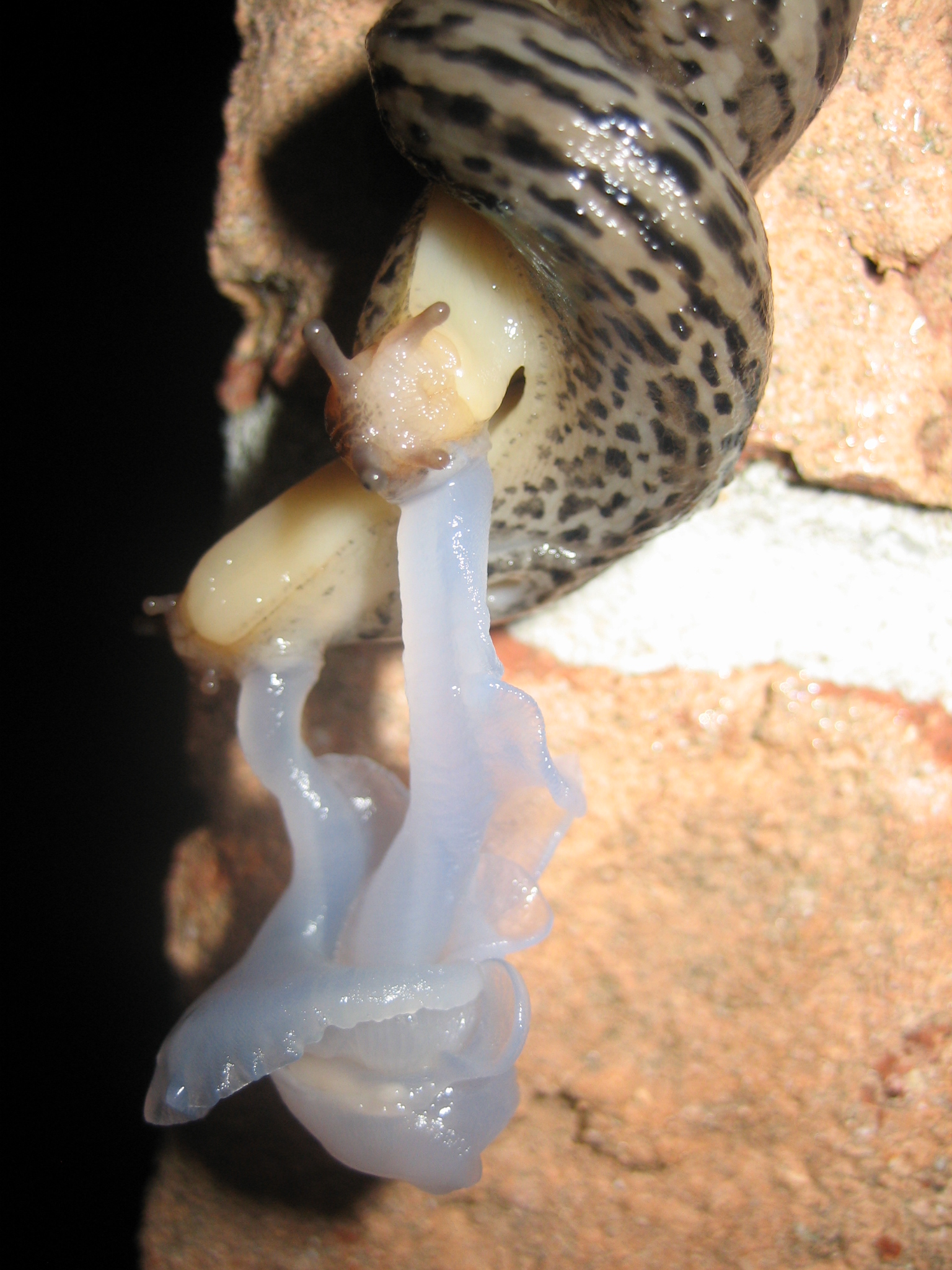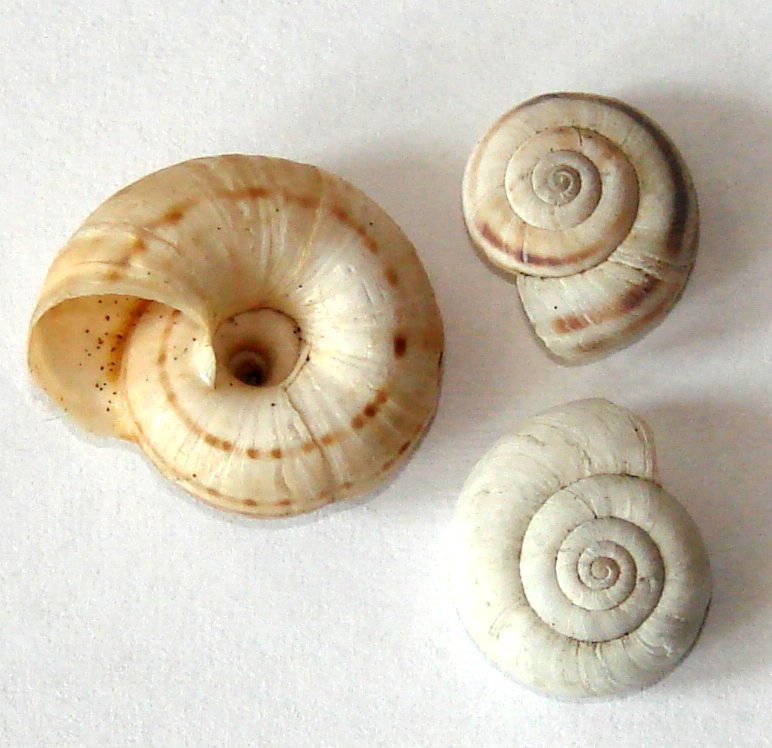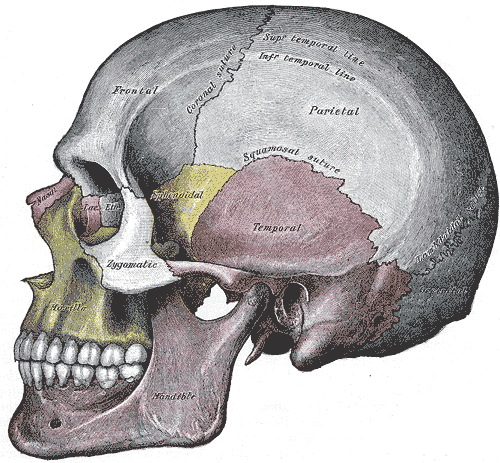|
Perrottetia (gastropod)
''Perrottetia'' is a genus of air-breathing land snails, terrestrial pulmonate gastropod mollusks in the family Streptaxidae.MolluscaBase eds. (2021). MolluscaBase. Perrottetia Kobelt, 1905. Accessed through: World Register of Marine Species at: http://www.marinespecies.org/aphia.php?p=taxdetails&id=877706 on 2021-06-13 Distribution Most species of ''Perrottetia'' live in India, but there are additional species of this genus known from Sri Lanka, Myanmar, Thailand, Laos, North to South Vietnam and Hainan Island and Taiwan in Southern China. The distribution of the genus ''Perrottetia'' includes also Mascarenes. There is a concentration of 11 species in the Western Ghats and Eastern Ghats of peninsular India and two species are recorded from Sri Lanka, one of which is endemic. Description The most prominent characters of ''Perrottetia'' are the sub-oblique heliciform shell, often with whorls coiling around an oblique axis. The last whorls do not descend below the precedi ... [...More Info...] [...Related Items...] OR: [Wikipedia] [Google] [Baidu] |
Wilhelm Kobelt
Wilhelm Kobelt (20 February 1840 – 26 March 1916) was a German zoologist born in Alsfeld, Grand Duchy of Hesse. He specialized in the field of malacology. Kobelt is remembered for his work as curator of the Senckenberg Museum in Frankfurt am Main. Several species of mollusk contain his name, including ''Fusinus kobelti'' (Kobelt's spindle), '' Cymatium kobelti'' and '' Hyalinia kobelti''. '' Kobeltia'', a subgenus of ''Arion'' slugs, is named in honor of him. Selected publications * ''Archiv für Molluskenkunde'', 1868 - Archive of malacology. * ''Jahrbücher der Deutschen Malakozoologischen Gesellschaft'', 1874 - Yearbook of the German Malaco-zoology Society. * ''Illustrirtes conchylienbuch'', 1876 - Illustrated book of conchology. * ''Reiseerinnerungen aus Algerien und Tunis'', 1885 - Travel memoirs of Algeria and Tunis. * Prodromus faunae molluscorum testaceorum maria europaea inhabitantium, 1886. * ''Studien zur Zoogeographie'', 1897 - Zoogeographical studies. * ''Cyc ... [...More Info...] [...Related Items...] OR: [Wikipedia] [Google] [Baidu] |
Zoological Journal Of The Linnean Society
The ''Zoological Journal of the Linnean Society'' is a monthly peer-reviewed scientific journal covering zoology published by Oxford University Press on behalf of the Linnean Society. The editor-in-chief is Maarten Christenhusz (Linnean Society). It was established in 1856 as the ''Journal of the Proceedings of the Linnean Society of London. Zoology'' and renamed ''Journal of the Linnean Society of London, Zoology'' in 1866. It obtained its current title in 1969. Abstracting and indexing The journal is abstracted and indexed in: According to the ''Journal Citation Reports'', the journal has a 2020 impact factor of 3.286. References External links * Zoology journals Linnean Society of London Monthly journals Academic journals associated with learned and professional societies Publications established in 1856 {{zoo-journal-stub ... [...More Info...] [...Related Items...] OR: [Wikipedia] [Google] [Baidu] |
Reproductive System Of Gastropods
The reproductive system of gastropods ( slugs and snails) varies greatly from one group to another within this very large and diverse taxonomic class of animals. Their reproductive strategies also vary greatly, see Mating of gastropods. In many marine gastropods there are separate sexes (male and female); most terrestrial gastropods however are hermaphrodites. Courtship is a part of the behaviour of mating gastropods. In some families of pulmonate land snails, one unusual feature of the reproductive system and reproductive behavior is the creation and utilization of love darts, the throwing of which has been identified as a form of sexual selection. Gastropods are defined as snails and slugs, belonging to a larger group called Molluscs. Gastropods have unique reproductive systems, varying significantly from one taxonomic group to another. They can be separated into three categories: marine, freshwater, and land. Reproducing in marine or freshwater environments makes getti ... [...More Info...] [...Related Items...] OR: [Wikipedia] [Google] [Baidu] |
Digestive Gland
The hepatopancreas, digestive gland or midgut gland is an organ of the digestive tract of arthropods and molluscs. It provides the functions which in mammals are provided separately by the liver and pancreas, including the production of digestive enzymes, and absorption of digested food. Arthropods Arthropods, especially detritivores in the Order Isopoda, Suborder Oniscidea (woodlice), have been shown to be able to store heavy metals in their hepatopancreas. This could lead to bioaccumulation through the food chain and implications for food web destruction, if the accumulation gets high enough in polluted areas; for example, high metal concentrations are seen in spiders of the genus ''Dysdera'' which feed on woodlice, including their hepatopancreas, the major metal storage organ of isopods in polluted sites. Molluscs The hepatopancreas is a centre for lipid metabolism and for storage of lipids in gastropods.Böer M., Graeve M. & Kattner G. (2006). "Exceptional long-term starv ... [...More Info...] [...Related Items...] OR: [Wikipedia] [Google] [Baidu] |
Umbilicus (mollusc)
The umbilicus of a shell is the axially aligned, hollow cone-shaped space within the whorls of a coiled mollusc shell. The term umbilicus is often used in descriptions of gastropod shells, i.e. it is a feature present on the ventral (or under) side of many (but not all) snail shells, including some species of sea snails, land snails, and freshwater snails. The word is also applied to the depressed central area on the planispiral coiled shells of ''Nautilus'' species and fossil ammonites. (These are not gastropods, but shelled cephalopods.) In gastropods The spirally coiled whorls of gastropod shells frequently connect to each other by their inner sides, during the natural course of its formation. This results in a more or less solid central axial pillar, known as the columella. The more intimate the contact between the concave side of the whorls is, the more solid the columella becomes. On the other hand, if this connection is less intense, a hollow space inside the whorls ... [...More Info...] [...Related Items...] OR: [Wikipedia] [Google] [Baidu] |
Suture (anatomy)
In anatomy, a suture is a fairly rigid joint between two or more hard elements of an organism, with or without significant overlap of the elements. Sutures are found in the skeletons or exoskeletons of a wide range of animals, in both invertebrates and vertebrates. Sutures are found in animals with hard parts from the Cambrian period to the present day. Sutures were and are formed by several different methods, and they exist between hard parts that are made from several different materials. Vertebrate skeletons The skeletons of vertebrate animals (fish, amphibians, reptiles, birds, and mammals) are made of bone, in which the main rigid ingredient is calcium phosphate. Cranial sutures The skulls of most vertebrates consist of sets of bony plates held together by cranial sutures. These sutures are held together mainly by Sharpey's fibers which grow from each bone into the adjoining one. Sutures in the ankles of land vertebrates In the type of crurotarsal ankle which is fou ... [...More Info...] [...Related Items...] OR: [Wikipedia] [Google] [Baidu] |
Protoconch
A protoconch (meaning first or earliest or original shell) is an embryonic or larval shell which occurs in some classes of molluscs, e.g., the initial chamber of an ammonite or the larval shell of a gastropod. In older texts it is also called "nucleus". The protoconch may sometimes consist of several whorls, but when this is the case, the whorls show no growth lines. The whorls of the adult shell, which are formed after the protoconch, are known as the teleoconch. The teleoconch starts forming when the larval gastropod becomes a juvenile, and the protoconch may dissolve. Quite often there is a visible line of demarcation where the protoconch ends and the teleoconch begins, and there may be a noticeable change in sculpture, or a sudden appearance of sculpture at that point. In some gastropod groups (such as the Architectonicidae), the teleoconch whorls spiral in the opposite direction to the protoconch. In those cases, the shell is called heterostrophic. In species whic ... [...More Info...] [...Related Items...] OR: [Wikipedia] [Google] [Baidu] |
Perrottetia Gudei
''Perrottetia'' is a genus of flowering plants in the family Dipentodontaceae described as a family in 1824. Species occur in China, Southeast Asia, Papuasia, Hawaii, Australia, and Latin America. It is the largest genus of the recently described order Huerteales. Taxonomy This genus was previously placed in the staff vine family, Celastraceae., but molecular evidence has shown that it not related and better placed with ''Dipentodon'' in a separate family Dipentodontaceae. Species and subspecies ;accepted taxa * ''Perrottetia alpestris'' - insular Southeast Asia, Papuasia, Queensland ** subsp. ''moluccana'' ** subsp. ''philippinensis'' * ''Perrottetia arisanensis'' - Yunnan, Taiwan * ''Perrottetia caliensis'' - Colombia * ''Perrottetia calva'' - Colombia * '' Perrottetia colorata'' - Colombia * '' Perrottetia distichophylla'' - Colombia * '' Perrottetia excelsa'' - Panama * '' Perrottetia gentryi'' - Colombia, Peru, Bolivia * '' Perrottetia guacharana' ... [...More Info...] [...Related Items...] OR: [Wikipedia] [Google] [Baidu] |
Aperture (mollusc)
The aperture is an opening in certain kinds of mollusc shells: it is the main opening of the shell, where the head-foot part of the body of the animal emerges for locomotion, feeding, etc. The term ''aperture'' is used for the main opening in gastropod shells, scaphopod shells, and also for '' Nautilus'' and ammonite shells. The word is not used to describe bivalve shells, where a natural opening between the two shell valves in the closed position is usually called a '' gape''. Scaphopod shells are tubular, and thus they have two openings: a main anterior aperture and a smaller posterior aperture. As well as the aperture, some gastropod shells have additional openings in their shells for respiration; this is the case in some Fissurellidae (keyhole limpets) where the central smaller opening at the apex of the shell is called an orifice, and in the Haliotidae (abalones) where the row of respiratory openings in the shell are also called orifices. In gastropods In some pros ... [...More Info...] [...Related Items...] OR: [Wikipedia] [Google] [Baidu] |
Lip (gastropod)
In the shell of gastropod mollusks (a snail shell), the lip is the free margin of the peristome (synonym: peritreme) or aperture (the opening) of the gastropod shell. In dextral (right-handed) shells (most snail shells are right-handed), the right side or outer side of the aperture is known as the outer lip (''labrum''). The left side of the aperture is known as the inner lip or columellar lip (''labium'') if there is a pronounced lip there. In those species where there is no pronounced lip, the part of the body whorl that adjoins the aperture is known as the parietal wall. The outer lip is usually thin and sharp in immature shells, and in some adults (e.g. the land snails '' Helicella'' and ''Bulimulus''). However, in some other land snails and in many marine species the outer lip is ''thickened'' (also called ''callused''), or ''reflected'' (turned outwards). In some other marine species it is curled inwards (''inflected''), as in the cowries such as '' Cypraea''. It can also ... [...More Info...] [...Related Items...] OR: [Wikipedia] [Google] [Baidu] |
Last Whorl
The body whorl is part of the morphology of the shell in those gastropod mollusks that possess a coiled shell. The term is also sometimes used in a similar way to describe the shell of a cephalopod mollusk. In gastropods In gastropods, the body whorl, or last whorl, is the most recently formed and largest whorl (or revolution) of a spiral or helical shell, terminating in the aperture. It is called the "body whorl" because most of the body of the soft parts of the animal fits into this whorl. The proportional size of the body whorl in gastropod shells differs greatly according to the actual shell morphology. For shells in which the rate of whorl expansion of each revolution around the axis is very high, the aperture and the body whorl are large, and the shell tends to be low spired. The shell of the abalone is a good example of this kind of shell. The opposite tendency can sometimes create a high spire with very little whorl increase per revolution. In these instances, e.g ... [...More Info...] [...Related Items...] OR: [Wikipedia] [Google] [Baidu] |
Whorl (mollusc)
A whorl is a single, complete 360° revolution or turn in the spiral growth of a mollusc shell. A spiral configuration of the shell is found in numerous gastropods, but it is also found in shelled cephalopods including '' Nautilus'', '' Spirula'' and the large extinct subclass of cephalopods known as the ammonites. A spiral shell can be visualized as consisting of a long conical tube, the growth of which is coiled into an overall helical or planispiral shape, for reasons of both strength and compactness. The number of whorls which exist in an adult shell of a particular species depends on mathematical factors in the geometric growth, as described in D'Arcy Wentworth Thompson's classic 1917 book '' On Growth and Form'', and by David Raup. The main factor is how rapidly the conical tube expands (or flares-out) over time. When the rate of expansion is low, such that each subsequent whorl is not that much wider than the previous one, then the adult shell has numerous whorl ... [...More Info...] [...Related Items...] OR: [Wikipedia] [Google] [Baidu] |









